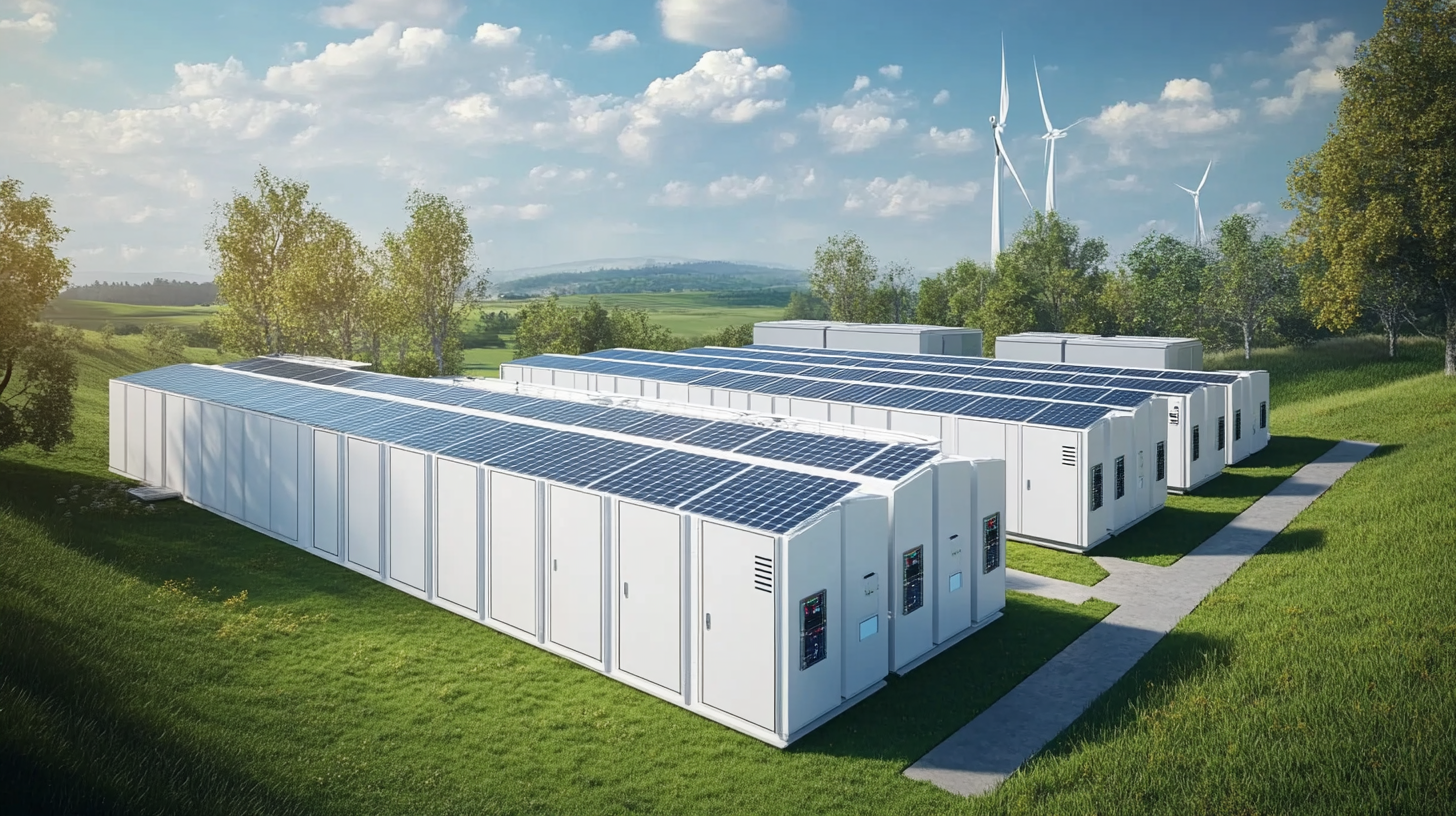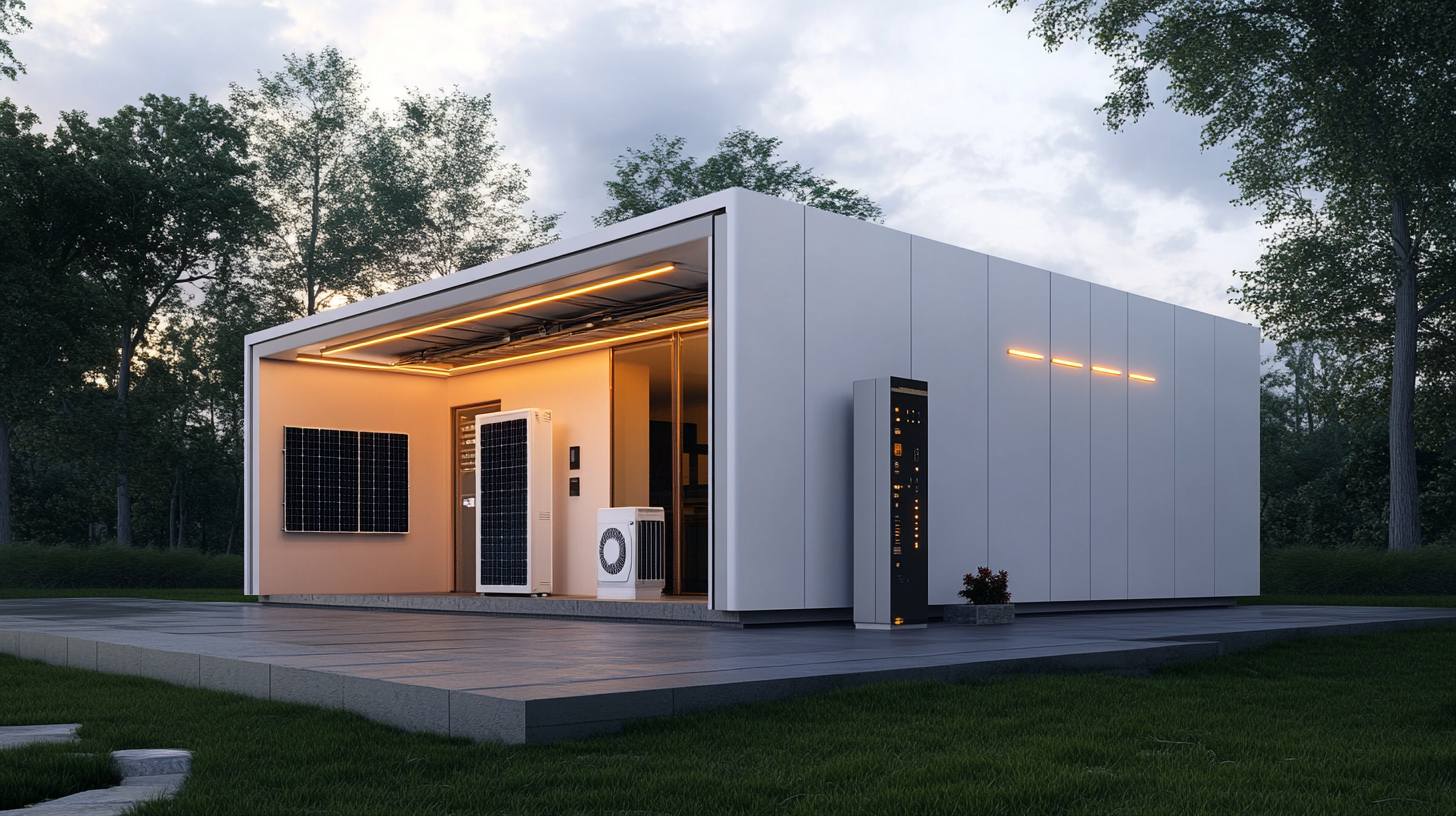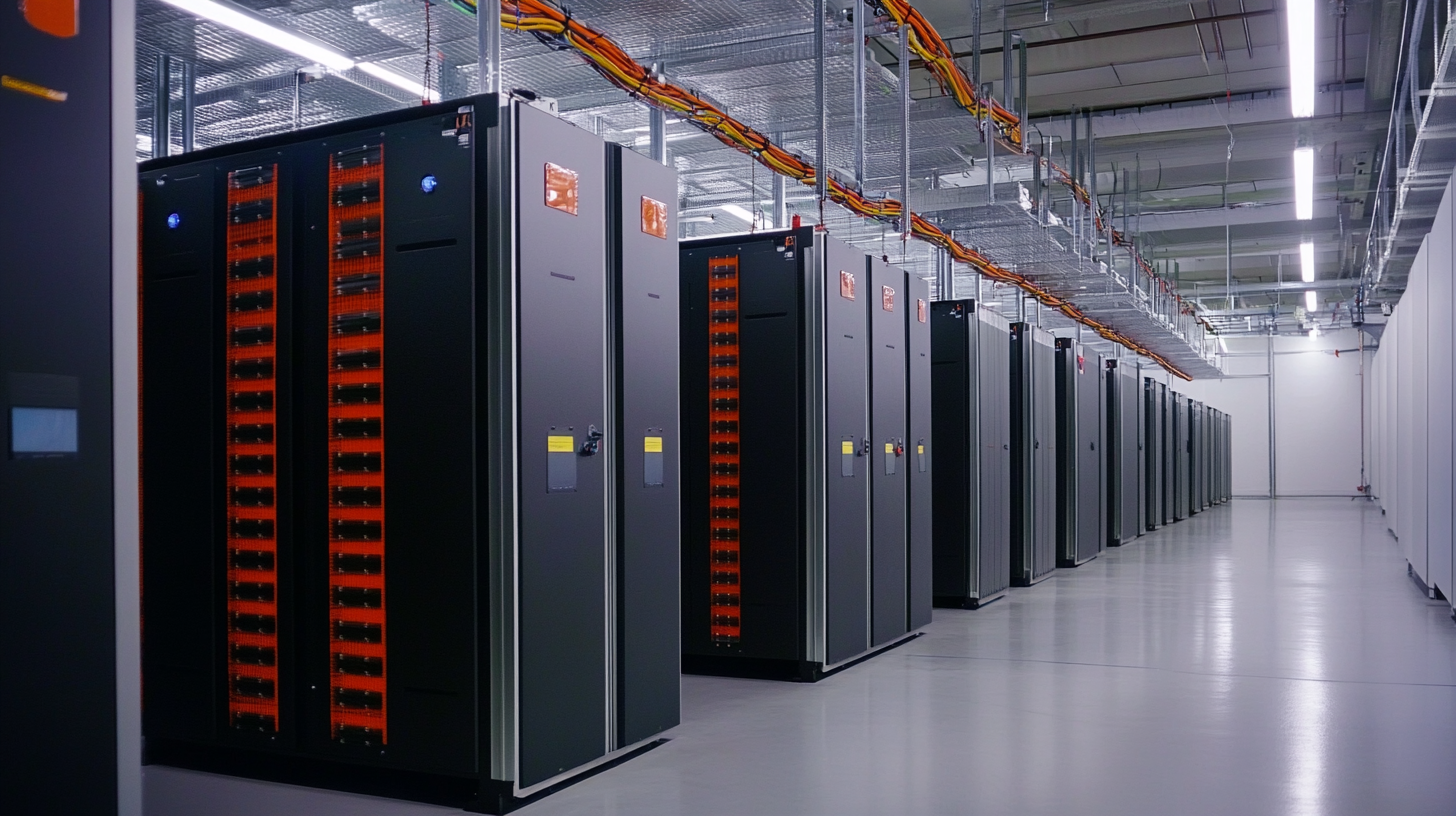The transition towards renewable energy sources has become a pressing need in the face of climate change and dwindling fossil fuel reserves. Among the various renewable technologies, Solar Energy Storage Systems have emerged as a critical component in harnessing the full potential of solar energy. These systems enable the storage of excess energy generated during peak sunlight hours for use during periods of low generation, thus addressing the intermittent nature of solar power. However, despite their significance in promoting the widespread adoption of solar energy solutions, several challenges hinder the implementation and efficiency of these storage systems for global buyers.
From technical limitations and high costs to regulatory hurdles and infrastructure requirements, the hurdles facing the deployment of Solar Energy Storage Systems are multifaceted. Global buyers seeking to integrate these systems into their energy solutions must navigate a complex landscape that requires not only financial investment but also a deep understanding of the technological and logistical implications. This blog will explore the various challenges associated with implementing solar energy storage solutions, highlighting the need for innovation, policy support, and collaboration among stakeholders to overcome these obstacles and foster a sustainable energy future.

The integration of solar energy into our power grid has been met with considerable enthusiasm, yet the complexity of solar energy storage technologies presents significant challenges for global buyers. Understanding these technologies is crucial for maximizing the benefits of renewable energy while ensuring reliability and efficiency.
Solar energy storage involves various systems, including batteries, pumped hydro storage, and thermal storage. Each technology has its unique set of characteristics, advantages, and limitations. For instance, lithium-ion batteries are widely popular due to their high efficiency and decreasing costs, but they also raise concerns regarding raw material sourcing and recycling. In contrast, pumped hydro storage offers a mature and scalable solution, but its implementation can be constrained by geographical and environmental factors.
Moreover, the economic landscape surrounding energy storage is constantly evolving. As advancements in technology emerge, so do innovative financing models and regulations that can either facilitate or hinder the adoption of solar storage solutions. This dynamic environment requires global buyers to remain vigilant and informed, navigating a myriad of options while considering cost, sustainability, and accessibility. As the demand for clean energy intensifies, grappling with the complexities of solar energy storage technologies will be fundamental in shaping the future of energy systems worldwide.
The economic viability of solar energy storage solutions is increasingly becoming a pivotal issue for global buyers, especially as the world grapples with soaring energy prices and the urgent need for sustainable solutions. In regions like Punjab, Pakistan, where electricity shortages are prevalent, the implementation of grid-connected solar photovoltaic systems has shown promise in addressing these challenges. Techno-economic viability analyses are essential in determining how these systems can lead to significant cost savings and enhance energy resilience for small-scale industries.
Similarly, in South Korea, the optimal sizing of hybrid solar tracking photovoltaic and hydrogen fuel cell systems is crucial for efficiently powering electric vehicle charging stations. With governmental targets pushing for 20% of energy to come from renewable sources by 2030, the integration of diverse energy systems like solar and hydrogen is being evaluated not just for their technical feasibility, but also for their overall economic impact. As nations strive to meet ambitious climate goals, the exploration of such hybrid models can play a vital role in achieving both economic growth and environmental sustainability.
Moreover, the advancements in hydrogen energy systems offer a profound potential to transform the energy landscape, complementing solar storage solutions. By critically examining the interplay between these technologies, stakeholders can better understand how to forge a roadmap towards an economically viable and sustainable energy future on a global scale.
The rapid adoption of solar energy technologies has brought forth a new set of challenges related to energy storage solutions. As countries worldwide strive to enhance their solar infrastructure, regulatory and policy hurdles often emerge as significant barriers. These challenges can shift based on regional governance, with some countries offering incentives to promote solar energy storage while others may inadvertently hinder progress through outdated regulations.
One of the primary regulatory challenges is the inconsistency in energy storage policies across different regions. For instance, some jurisdictions have established supportive frameworks that facilitate the integration of solar energy storage systems, including tax incentives and subsidies. However, in other areas, cumbersome bureaucratic procedures and unclear guidelines create confusion for businesses looking to invest in solar storage technologies. This lack of a coherent regulatory landscape can deter investment and slow the adoption of vital storage solutions.
Additionally, safety and environmental regulations pose another layer of complexity in implementing solar energy storage. Policymakers must balance the need for innovation with the necessity of ensuring that energy storage systems are safe for consumers and environmentally sustainable. This often leads to lengthy approval processes and may require extensive testing and certification. As a result, momentum for solar energy storage solutions can be stalled, preventing global buyers from fully realizing the benefits of renewable energy systems.

The integration of solar energy into the global power mix presents unprecedented opportunities, yet it is often hampered by significant infrastructure limitations. A primary challenge lies in the existing grid systems, which were not designed to accommodate the variability and distributed nature of solar power generation. Many regions still rely on traditional energy sources, and their grid infrastructures need substantial upgrades to handle the influx of renewable resources. This means that investments in smart grid technology are crucial to facilitate smooth solar energy storage and distribution.
In addition, the geographical and technological disparities among different countries create a complex landscape for solar energy storage solutions. For example, urban centers may have better infrastructural support for solar energy integration compared to rural areas. This disparity can result in inefficient energy management systems, where potential solar energy is wasted rather than stored for later use. To tackle these infrastructural challenges, governments and private sectors must collaborate to develop tailored solutions that address local needs while promoting overall efficiency in solar energy utilization.
To bridge these gaps, innovative storage technologies, such as battery systems and pumped hydro storage, must be scaled up and integrated into the existing infrastructure. Policymakers should incentivize investments in these technologies while creating a regulatory framework that supports their implementation. Only through a concerted effort to overcome these infrastructure limitations can we hope to harness the full potential of solar energy, paving the way for a sustainable future.

The increasing adoption of solar energy systems worldwide has been accompanied by a rising demand for effective energy storage solutions. However, environmental concerns associated with solar energy storage systems are becoming increasingly pertinent. According to the International Renewable Energy Agency (IRENA), global renewable energy capacity reached 2,799 GW in 2020, with solar energy accounting for a significant portion. As the deployment of solar panels accelerates, the challenge of finding sustainable materials for energy storage systems, particularly batteries, becomes critical.
One of the primary environmental concerns lies in the lifecycle of lithium-ion batteries, which are commonly used for storing solar energy. A report from the International Energy Agency (IEA) indicates that the demand for lithium is expected to increase by more than 40 times by 2040 to meet the growing needs of electric vehicles and storage solutions. This rapid growth raises questions about the sustainability of lithium extraction, which can lead to water depletion and soil degradation in mining regions. The rise of alternative technologies, such as sodium-ion batteries, is being explored to mitigate these issues, promising a more environmentally friendly option.
Moreover, the disposal and recycling of used batteries also pose significant environmental challenges. In 2021, it was estimated that only about 5% of lithium-ion batteries were recycled properly, according to a study by the World Economic Forum. This highlights the urgency for developing robust recycling frameworks and increasing awareness among manufacturers and consumers. As the solar energy industry continues to grow, addressing these environmental concerns will be essential to ensure sustainable development and minimize ecological impacts.